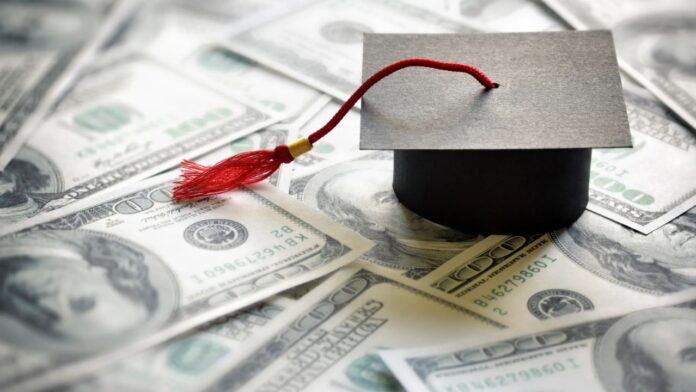Federal Student Loan Changes 2025: Millions of students going back to college this year are already worried about tuition. A new federal law could make paying for school even harder now. The One Big Beautiful Bill Act, signed by President Donald Trump this summer, changes how much students can borrow for higher education.
The law ends one of the most important federal loan programs for graduate students, called the Grad PLUS loan program. Starting next summer, new borrowers will not be able to get unlimited Grad PLUS loans anymore. These loans used to cover the full cost of tuition and living expenses for graduate and professional programs. The students will have to now rely only on Direct Unsubsidized Loans, which have lower borrowing limits.
FAFSA 2026-27 Update: What Students Need to Know About the New Form
Graduate students pursuing professional degrees such as law or medicine can borrow up to $200,000 total. Students in other programs can borrow up to $100,000. Across both undergraduate and graduate education, the total lifetime borrowing cap will be $257,500 per student. Students who already borrowed have a three-year transition period before these rules become permanent.
Federal Student Loan Changes 2025: What does it Cover?
On paper a $257,500 cap may seem enough but in reality, it may not cover the full cost of most degrees. The average four-year undergraduate program costs between $24,920 per year at public universities and about $58,000 per year at private schools. That adds up to $100,000 to $224,000 for a bachelor’s degree alone.
Fed Lowers Rates to 4.1%: What It Means for Your Loans and Savings
Graduate education costs more, law school costs roughly $132,000 to $168,000, and medical school can cost as much as $363,000. The new borrowing limits will leave many students without enough money for their studies.
The law may make graduate education very hard to afford specially for students from low- and middle-income families. Experts also warn that the changes could worsen racial disparities. Data show that nearly half of Black graduate students borrow money, compared to only 17% of white students. Limiting access to affordable federal loans could make it even harder for underrepresented groups to enter professional fields.




